Integrated Water Resources Management – Our Grandchildren Will Thank Us
Restoring the natural function of our stream reaches and reducing sediment, total phosphorus, nitrogen, bacteria and other pollutants will take continuous investment for many years.
The Illinois River watershed spans 1,657 square miles, with 758 in northwest Arkansas (Benton, Washington, and Crawford Counties) and 899 in northeast Oklahoma (Adair, Cherokee, Delaware, and Sequoyah Counties). This region is one of the most productive in the United States. Benton County leads Arkansas in beef cattle and poultry production, while Delaware County in Oklahoma is the top poultry producer in the state (1). Meanwhile, Benton and Washington Counties are experiencing rapid growth, adding 35 people per day and creating jobs at an impressive rate, with an unemployment rate of just 2.2 percent. Oklahoma counties in the watershed also enjoy a low unemployment rate of 3.5 percent, significantly below the national average of 4 percent.
A recent survey by the NWA Council reveals that 70 percent of Northwest Arkansas residents believe the region is moving in the right direction, and 83 percent rate the quality of life as good or excellent. These statistics highlight the region’s growth and prosperity. However, this success brings challenges, including flooding, water quality degradation, and the loss of farmland. Addressing these issues is crucial to sustaining the region's continued prosperity and high quality of life.
“Restoring the natural function of our stream reaches and reducing sediment, total phosphorus, nitrogen, bacteria and other pollutants will take continuous investment for many years. We must think about these investments the same way as we think about maintaining our streets and roads.”
We know that maintaining our drinking water, stormwater, and wastewater systems is interdependent and requires long-term planning. For over two years, state agencies, businesses, municipalities, and ordinary citizens have been providing input on the development of multi-jurisdictional watershed management plans for the Illinois River in Arkansas and Oklahoma. This input process and these plans are designed to support the coordination and management of the Illinois River watershed, benefiting everyone who directly or indirectly relies on the river.
The Illinois River and its tributaries are major economic drivers for recreational fishing and paddle sports.
When completed, these plans will outline a comprehensive management strategy to restore impaired waterways, improve the ecosystem health of the watershed, and ensure an adequate supply of clean water for all users. To achieve these goals and meet the 0.037 mg/L criterion for phosphorus, further investment will be needed in the watershed. Restoring the natural function of our stream reaches and reducing sediment, total phosphorus, nitrogen, bacteria, and other pollutants will require continuous investment for many years. We must think about these investments the same way we think about maintaining our streets and roads.
By working with businesses, government, non-profits, landowners, and other partners, we can and will achieve water quality standards and preserve this resource to fuel our region’s economy and support the people and wildlife that depend on it.
(1) Arkansas Cattle County Estimates, United States Department of Agriculture – National Agricultures Statistics Service 2023, Poultry Federation, and Oklahoma Department of Agriculture.


